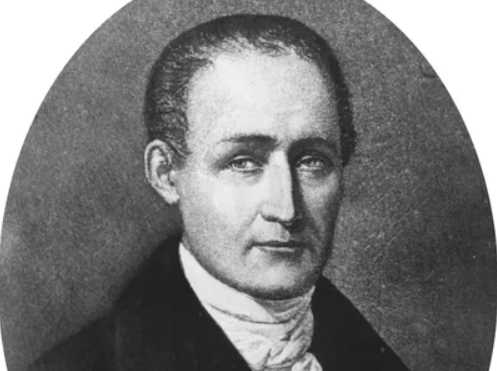The Invention of Photography on Metal: A Historical Overview
Photography on metal is a process of creating photographs by exposing light-sensitive chemicals onto a metal plate. This process was invented in the early 1830s and it was an important step in the development of photography, as it allowed for the creation of more durable and long-lasting images. This article will explore the history of photography on metal, including the year it was invented and how it was developed.
The Invention of Photography on Metal

Nicéphore Niépce was the first to successfully correct an image taken with a camera in 1826, although it took at least eight hours and often even several days of exposure time in the camera, and the initial results were very rudimentary. Louis Daguerre, a partner of Niépce's, invented the daguerreotype process, the first photography method that was both widely known and commercially viable. The daguerreotype generated results that were crystal-clear and exquisitely detailed after only a few minutes of exposure in the camera. The information was made public in 1839, which is regarded as the year that practical photography was invented.
The Impact of Photography on Metal
Photography on metal had a profound impact on the field of photography. It allowed for the creation of more durable and long-lasting images, which were important for commercial and journalistic purposes. It also made it possible to produce multiple copies of the same image, which was important for the dissemination of news and information. The invention of photography on metal also played a role in the development of other fields, such as science and art, as it made it possible to create accurate and detailed images of the natural world.